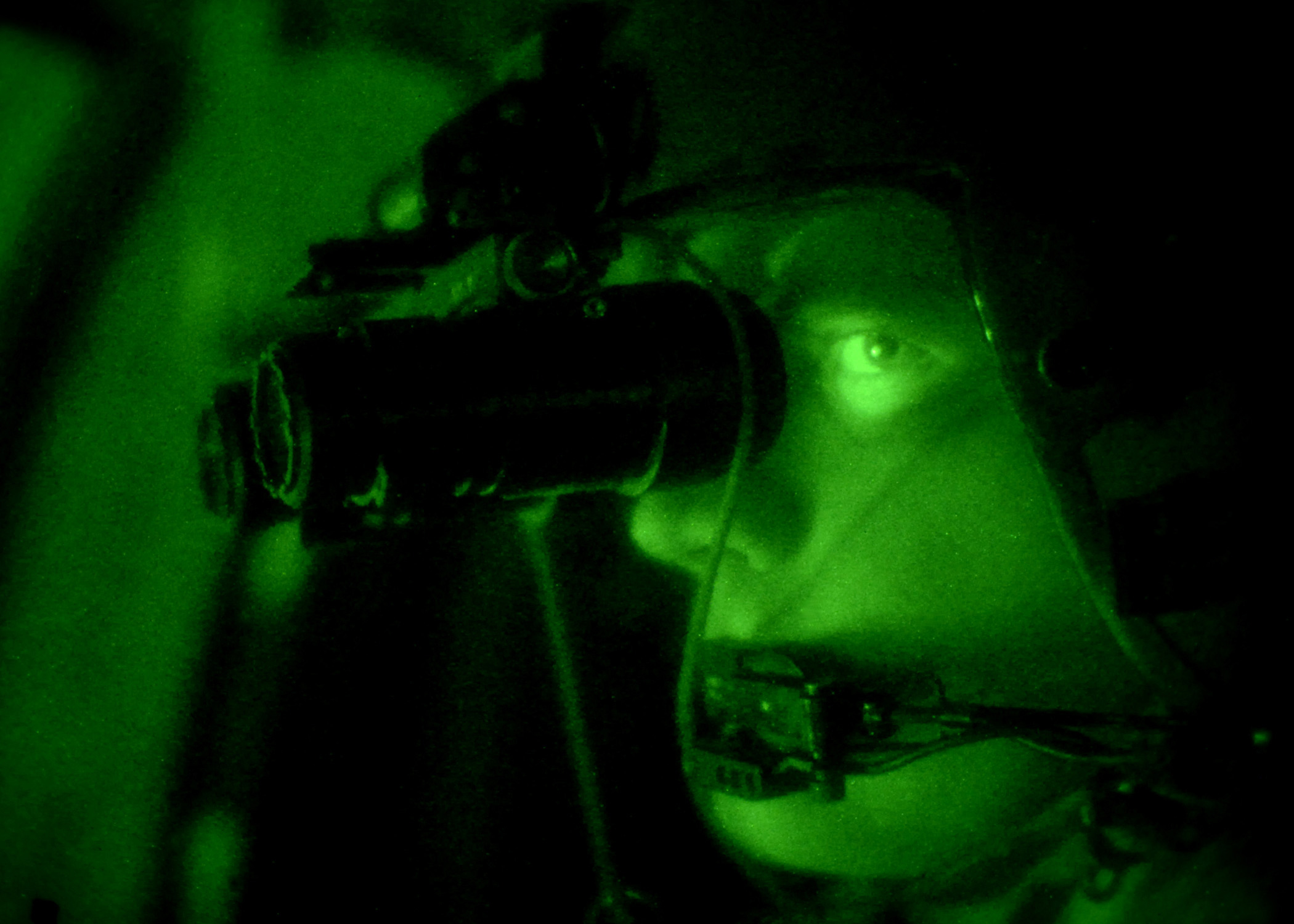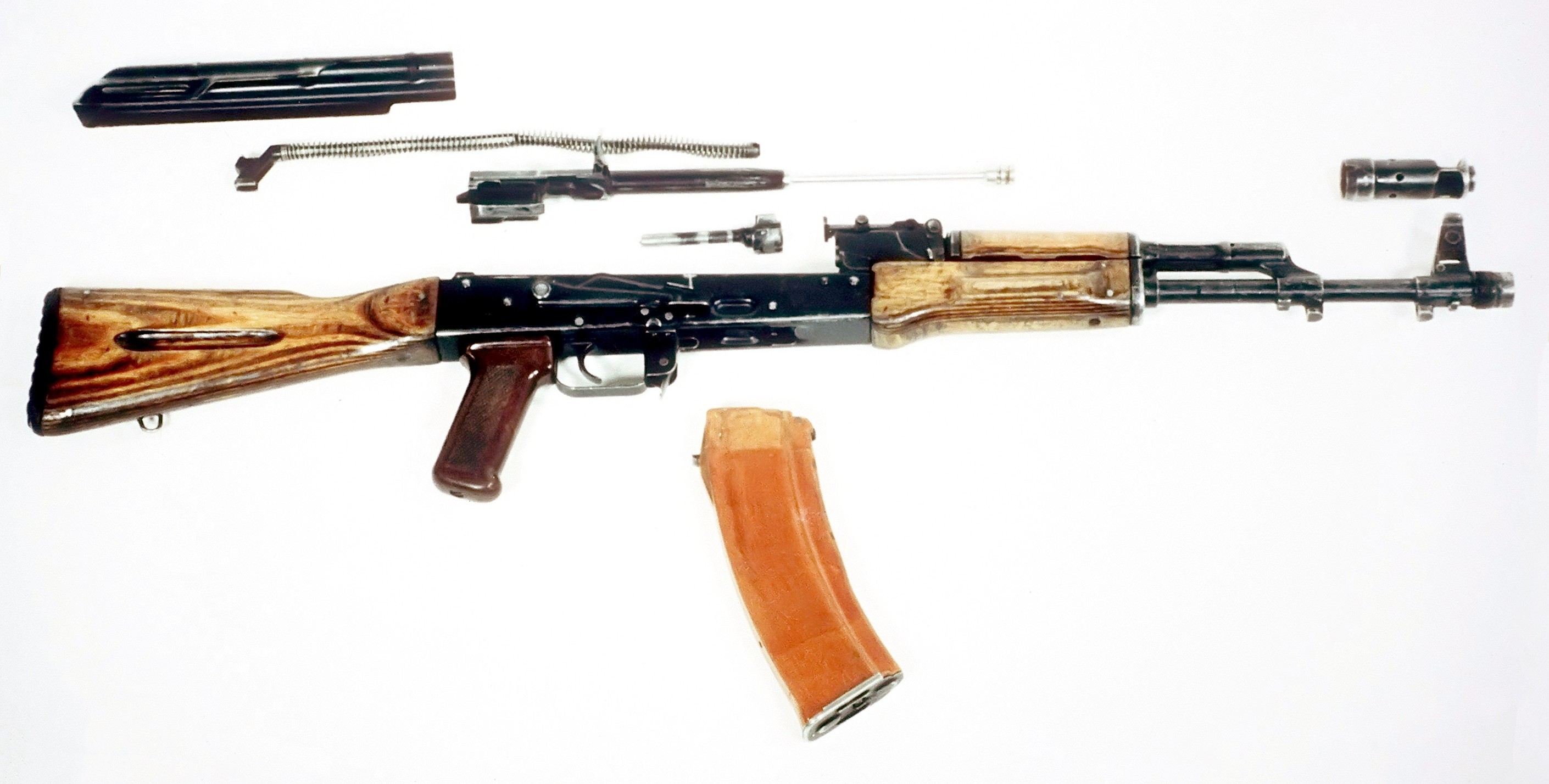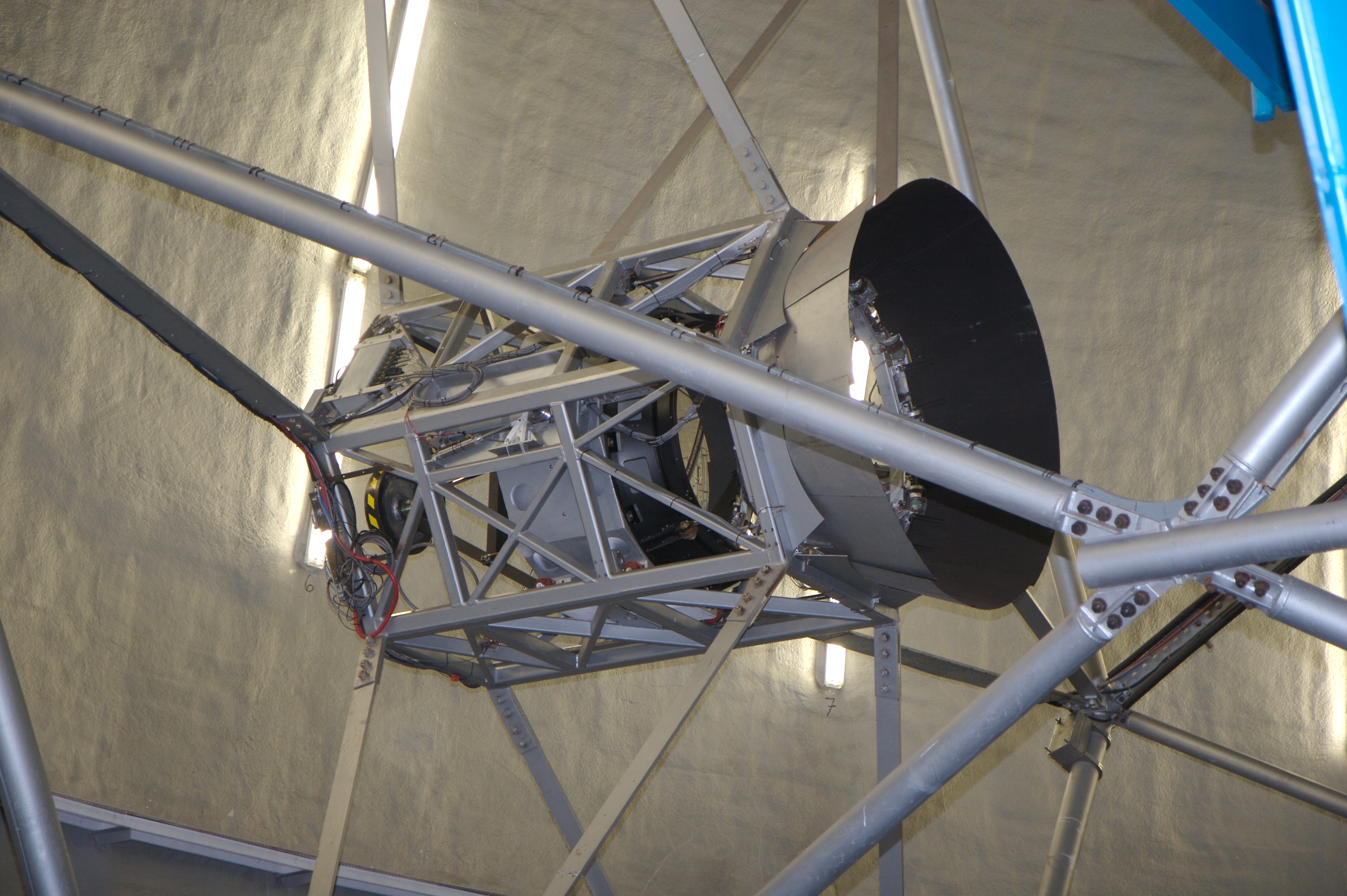|
1PN51
1PN51 ( rus, 1ПН51) is the GRAU index for a Soviet designed passive night scope for a range of Soviet designed small arms and grenade launchers. ''1PN'' is the GRAU index of night vision devices, where PN stands for ''Nochnoy Pritsel'' ( rus, Ночной прицел) meaning night sight. The scope weighs 2.1 kg and measures 276 mm × 210 mm × 140 mm (length × height × width). It is attached onto a matching side rail on the weapon after which a lever on the scope is pressed to hold it in place. The 1PN51 comes in a metal container with room for extra batteries, battery charger and the other accessories, weighing 6.45 kg in total. Optics The scope gathers light via an 80 mm aperture into a reflector with the secondary mirror obscuring the central 42 mm of the aperture. For zeroing the sight the top of the scope has two perpendicular knobs, of which the elevation knob has a detachable scale. The scope comes with eight different, detachable elev ... [...More Info...] [...Related Items...] OR: [Wikipedia] [Google] [Baidu] |
1PN51-2
1PN51-2 ( rus, 1ПН51-2) is the GRAU index for a Soviet designed passive night scope for the RPG-29 rocket launcher. ''1PN'' is the GRAU index of night vision devices, where PN stands for ''Nochnoy Pritsel'' ( rus, Ночной прицел) meaning night sight. The scope weighs 2.1 kg and measures 280 mm × 192 mm × 106 mm (length × height × width). It is thus more compact than the similar multi-model 1PN51 night vision scope. It is attached onto a matching side rail on the RPG after which a lever on the scope is pressed to hold it in place. It comes in a metal container with room for extra batteries, battery charger and the other accessories, weighing 6.45 kg in total. Optics The scope gathers light via an 80 mm aperture into a reflector with the secondary mirror obscuring the central 42 mm of the aperture. The top of the scope has two perpendicular knobs for zeroing the sight. The aperture cover itself has two 12 mm apertures that ... [...More Info...] [...Related Items...] OR: [Wikipedia] [Google] [Baidu] |
1PN58
1PN58 ( rus, 1ПН58) is the GRAU index for a Soviet designed passive night scope for a range of Soviet designed small arms and grenade launchers. ''1PN'' is the GRAU index of night vision devices, where PN stands for ''Nochnoy Pritsel'' ( rus, Ночной прицел) meaning night sight. It is also called NSPUM ( rus, НСПУМ). or NSPU-1. The 1PN58 was introduced into Soviet service in the early 1970s and is still used by many of the Soviet Union's successor states, and has been used in numerous conflicts around the world. Details The 1PN58 gathers light into a refractor which can be protected with an aperture cover. The center of the cover has a circular aperture with dark glass allowing the scope to be used in light conditions that would otherwise saturate the light intensifier. For zeroing the sight the left side of the scope has two perpendicular knobs, of which the elevation knob has a detachable scale. The scope comes with seven different, detachable elevation scales, ... [...More Info...] [...Related Items...] OR: [Wikipedia] [Google] [Baidu] |
Night Vision Device
A night-vision device (NVD), also known as a night optical/observation device (NOD), night-vision goggle (NVG), is an optoelectronic device that allows visualization of images in low levels of light, improving the user's night vision. The device enhances ambient visible light and converts near-infrared light into visible light which can be seen by the user; this is known as I2 ( image intensification). By comparison, viewing of infrared thermal radiation is referred to as thermal imaging and operates in a different section of the infrared spectrum. A night vision device usually consists of an image intensifier tube, a protective housing, and may have some type of mounting system. Many NVDs also include a protective sacrificial lens, mounted over the front lens (ie. objective lens) on NVDs to protect the latter from damage by environmental hazards and some can incorporate [...More Info...] [...Related Items...] OR: [Wikipedia] [Google] [Baidu] |
AS Val
The 6P29 and 6P30 ( GRAU Indices), commonly known as the VSS "Thread Cutter" (Russian: ВСС «Винторе́з» Винто́вка Сна́йперская Специа́льная, romanized: ''Vintóvka Snáyperskaya Spetsiálnaya "Vintorez"'', lit. 'Special "Sniper" Rifle) and AS "Shaft" (Russian: АС «Вал»; Автома́т Специа́льный, romanized: ''Avtomát Spetsiálny "Val"'', lit. 'Special Automatic'), respectively, were a series of Soviet-designed rifles featuring an integral suppressor based on the prototype RG-036 completed in 1981 by TsNIITochMash. The two rifles hereafter are referred to as the Vintorez and Val. The Vintorez (beginning in 1983) and Val (beginning in 1985) were developed by TsNIITochMash to replace modified general-purpose firearms, such as the AKS-74UB, BS-1, APB, and PB, for clandestine operations, much like the PSS Vul. Manufacturing began at the Tula Arms Plant after its adoption by the Armed Forces of the Soviet U ... [...More Info...] [...Related Items...] OR: [Wikipedia] [Google] [Baidu] |
VSS Vintorez
The 6P29 and 6P30 ( GRAU Indices), commonly known as the VSS "Thread Cutter" (Russian: ВСС «Винторе́з» Винто́вка Сна́йперская Специа́льная, romanized: ''Vintóvka Snáyperskaya Spetsiálnaya "Vintorez"'', lit. 'Special "Sniper" Rifle) and AS "Shaft" (Russian: АС «Вал»; Автома́т Специа́льный, romanized: ''Avtomát Spetsiálny "Val"'', lit. 'Special Automatic'), respectively, were a series of Soviet-designed rifles featuring an integral suppressor based on the prototype RG-036 completed in 1981 by TsNIITochMash. The two rifles hereafter are referred to as the Vintorez and Val. The Vintorez (beginning in 1983) and Val (beginning in 1985) were developed by TsNIITochMash to replace modified general-purpose firearms, such as the AKS-74UB, BS-1, APB, and PB, for clandestine operations, much like the PSS Vul. Manufacturing began at the Tula Arms Plant after its adoption by the Armed Forces of the Soviet Uni ... [...More Info...] [...Related Items...] OR: [Wikipedia] [Google] [Baidu] |
Snayperskaya Vintovka Dragunova
The SVD (russian: Сна́йперская Винто́вка систе́мы Драгуно́ва образца́ 1963 года, lit=Sniper Rifle, System of Dragunov, Model of the Year 1963, translit=Snáyperskaya Vintóvka sistém'y Dragunóva obraz'tsá 1963 goda), GRAU index 6V1, is a semi-automatic marksman rifle chambered in the fully-powered 7.62×54mmR cartridge, developed in the Soviet Union. The SVD was designed to serve a squad support role to provide precise long-range engagement capabilities to ordinary troops following the Warsaw Pact adoption of the 7.62×39mm intermediate cartridge and assault rifles as standard infantry weapon systems. At the time, NATO used battle rifles chambered in 7.62×51mm NATO as standard infantry weapon systems and had not yet adopted an intermediate cartridge and assault rifle of their own, allowing them to outrange their Warsaw Pact counterparts. It was developed through 1958–1963 and selected as the winner of a contest th ... [...More Info...] [...Related Items...] OR: [Wikipedia] [Google] [Baidu] |
RPG-7
The RPG-7 (russian: link=no, РПГ-7, Ручной Противотанковый Гранатомёт, Ruchnoy Protivotankoviy Granatomyot) is a portable, reusable, unguided, shoulder-launched, anti-tank, rocket-propelled grenade launcher. The RPG-7 and its predecessor, the RPG-2, were designed by the Soviet Union, and are now manufactured by the Russian company Bazalt. The weapon has the GRAU index (Russian armed forces index) 6G3. The ruggedness, simplicity, low cost, and effectiveness of the RPG-7 has made it the most widely used anti-armor weapon in the world. Currently around 40 countries use the weapon; it is manufactured in several variants by nine countries. It is popular with irregular and guerrilla forces. The RPG has been used in almost all conflicts across the world since the mid-1960s from the Vietnam War to the 2022 Russo-Ukrainian War. Widely produced, the most commonly seen major variations are the RPG-7D (десантник – ''desantnik'' – paratro ... [...More Info...] [...Related Items...] OR: [Wikipedia] [Google] [Baidu] |
PK Machine Gun
The PK (russian: Пулемёт Калашникова, transliterated as ''Pulemyot Kalashnikova'', or "Kalashnikov's machine gun"), is a belt-fed general-purpose machine gun, chambered for the 7.62×54mmR rimmed cartridge. Designed in the Soviet Union and currently in production in Russia, the original PK machine gun was introduced in 1961 and the improved PKM variant was introduced in 1969. The PKM was designed to replace the SGM and RP-46 machine guns that were previously in Soviet service. The weapon remains in use as a front-line infantry and vehicle-mounted weapon with Russia's armed forces and has also been exported extensively and produced in several other countries under license. History The Main Artillery Directorate of the Soviet Union (GRAU) adopted specification requirements for a new 7.62 mm general-purpose company and battalion-level machine gun that was to be chambered for a rifle cartridge in 1955. In 1958 a machine gun prototype, developed by G.I. Nik ... [...More Info...] [...Related Items...] OR: [Wikipedia] [Google] [Baidu] |
AK-74
The AK-74 (Russian: , tr. ''Avtomat Kalashnikova obraztsa 1974 goda'', lit. 'Kalashnikov assault rifle model 1974) is an assault rifle designed by small arms designer Mikhail Kalashnikov in 1974. While primarily associated with the Soviet Union, it has been used by multiple states throughout the 20th century and onwards. It is chambered for the 5.45×39mm cartridge, which replaced the 7.62×39mm cartridge of Kalashnikov's earlier automatic weapons for the Soviet armed forces. The rifle first saw service with Soviet forces in the Afghanistan conflict from 1979 onwards. The head of the Afghan bureau of the Inter-Services Intelligence (ISI), the intelligence agency of Pakistan, claimed that America's Central Intelligence Agency (CIA) paid $5,000 for the first AK-74 captured by the Afghan mujahideen during the Afghan-Soviet War. , most countries of the former Soviet Union use the rifle. Licensed copies were produced in Bulgaria (AK-74, AKS-74 and AKS-74U), and in the former ... [...More Info...] [...Related Items...] OR: [Wikipedia] [Google] [Baidu] |
GRAU Index
The Main Missile and Artillery Directorate of the Ministry of Defense of the Russian Federation (), commonly referred to by its transliterated Russian acronym GRAU (), is a department of the Russian Ministry of Defense. It is subordinate to the Chief of Armament and Munition of the Russian Armed Forces, a vice-minister of defense. The organization dates back to 1862 when it was established under the name Главное артиллерийское управление (ГАУ – GAU). The "R" from "rockets" was added to the title in 1960. In particular, the GRAU is responsible for assigning GRAU indices to Russian army munitions and equipment. Arsenals of the GRAU, according to Kommersant-Vlast in 2005, include the 60th at Kaluga, the 55th at Rzhev, the 75th at Serpukhov south of Moscow, (all three in the Moscow Military District) and the 80th at Gagarskiy, the 116th at Krasno-Oktyabrskiy and the 5th, all in the Volga–Urals Military District.Kommersant-Vlast, Vys Rossi ... [...More Info...] [...Related Items...] OR: [Wikipedia] [Google] [Baidu] |
Reticle
A reticle, or reticule also known as a graticule, is a pattern of fine lines or markings built into the eyepiece of an optical device such as a telescopic sight, spotting scope, theodolite, optical microscope or the screen of an oscilloscope, to provide measurement references during visual inspections. Today, engraved lines or embedded fibers may be replaced by a digital image superimposed on a screen or eyepiece. Both terms may be used to describe any set of patterns used for aiding visual measurements and calibrations, but in modern use ''reticle'' is most commonly used for weapon sights, while ''graticule'' is more widely used for non-weapon measuring instruments such as oscilloscope display, astronomic telescopes, microscopes and slides, surveying instruments and other similar devices. There are many variations of reticle pattern; this article concerns itself mainly with the most rudimentary reticle: the crosshair. Crosshairs are typically represented as a pair of perp ... [...More Info...] [...Related Items...] OR: [Wikipedia] [Google] [Baidu] |
Secondary Mirror
A secondary mirror (or secondary) is the second deflecting or focusing mirror element in a reflecting telescope. Light gathered by the primary mirror is directed towards a focal point typically past the location of the secondary. Secondary mirrors in the form of an optically flat ''diagonal mirror'' are used to re-direct the light path in designs such as Newtonian reflectors. They are also used to re-direct and extend the light path and modify the final image in designs such as Cassegrain reflectors. The secondary is typically suspended by X-shaped struts (sometimes called a "spider") in the path of light between the source and the primary, but can be mounted on other types of mounts or optical elements such as optical windows, or schmidt and meniscus corrector plates. Employing secondary mirrors in optical systems causes some image distortion due to the obstruction of the secondary itself, and distortion from the spider mounts, commonly seen as cross-shaped diffraction spikes ... [...More Info...] [...Related Items...] OR: [Wikipedia] [Google] [Baidu] |


.jpg)




